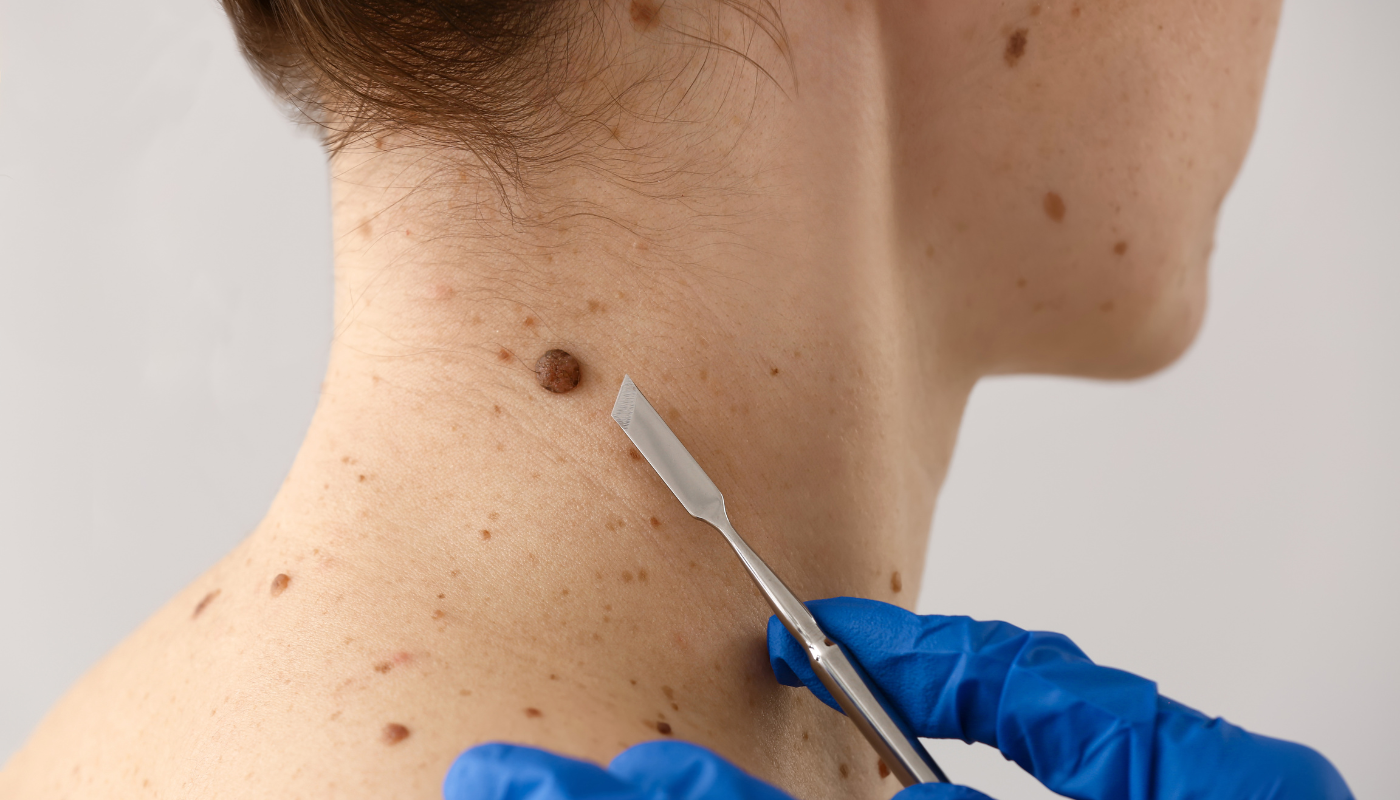Dogs and Skin Cancer - What you need to know
Dogs and Skin Cancer - What you need to know!

Skin cancer in dogs is a significant health concern that warrants attention from pet owners and veterinarians alike.
While it may not be as widely discussed as other canine health issues, the prevalence of skin cancer in dogs is on the rise.
This condition encompasses a range of malignant growths and tumors that can affect a dog's skin, and in some cases, it can be life-threatening.
The types of skin cancers dogs can develop vary, with some being more aggressive than others. Melanoma, squamous cell carcinoma, and mast cell tumors are among the most common forms.
Understanding skin cancer in dogs is crucial for early detection and effective treatment. Like in humans, early detection can greatly improve the prognosis and treatment outcomes for dogs. This involves being aware of the signs and symptoms, such as unusual skin lumps or sores that do not heal, changes in skin pigmentation, or a sudden increase in the size of existing moles.
Recognising these signs and seeking veterinary advice promptly can make a significant difference in a dog's health and quality of life.
The causes of skin cancer in dogs can be multifactorial, including genetic predisposition, environmental factors, and possibly diet and lifestyle.
As pet owners, understanding these factors can help in taking preventive measures to protect our canine companions.
It's important to understand the different types of skin cancer that can affect dogs, their symptoms, diagnosis, and treatment options. You should be aware of preventive care and what you can do to help your dogs lead healthy lives, even when faced with a diagnosis of skin cancer.
The importance of awareness and early detection of skin cancer in dogs cannot be overstated, as it significantly influences the prognosis and treatment outcomes. Early detection often leads to more effective treatment, potentially saving the dog's life or considerably improving its quality of life.
Here are key reasons why awareness and early detection are crucial:

Increased Treatment Success
Many types of skin cancers in dogs are treatable, especially when caught early.
Early-stage cancers are generally smaller, less aggressive, and more localised, making them easier to remove or treat effectively. This can lead to a complete cure or significant prolongation of life with good quality.
Lower Risk of Metastasis
Advanced skin cancers have a higher risk of metastasizing or spreading to other parts of the body. Early detection reduces the likelihood of metastasis, which can complicate treatment and worsen the prognosis.
Cost-Effective Treatment
Early intervention often involves less aggressive and less expensive treatment modalities.
In contrast, advanced cancer treatments can be more costly and may require extensive surgeries, radiation, or chemotherapy.
Pain and Discomfort Management
Skin cancer can cause significant discomfort or pain for dogs, especially as it progresses.
Early detection allows for prompt treatment that alleviates pain and improves the dog’s overall comfort.
Better Quality of Life
Early detection and treatment not only prolong life but also ensure a better quality of life for the dog. It allows for more time spent in a healthy state, enjoying regular activities and interactions with its family.
Informed Decisions
Early detection provides pet owners with more time to make informed decisions regarding their dog’s treatment options.
It allows for a thorough discussion with veterinarians about the benefits and risks of various treatments.
Preventive Health Monitoring
Regular check-ups and being aware of the signs of skin cancer encourage a proactive approach to a dog's health. This awareness leads to better overall care and can help in identifying other health issues early as well.
Awareness and early detection of skin cancer in dogs play a pivotal role in effective treatment, reducing the spread of cancer, managing costs, alleviating pain, and ensuring a better quality of life for affected dogs.
Encouraging regular veterinary check-ups and educating dog owners about the signs and symptoms of skin cancer are essential steps in achieving these outcomes.
More Skin Tips.
CoreBodi










| Powered by Kaptol Media


